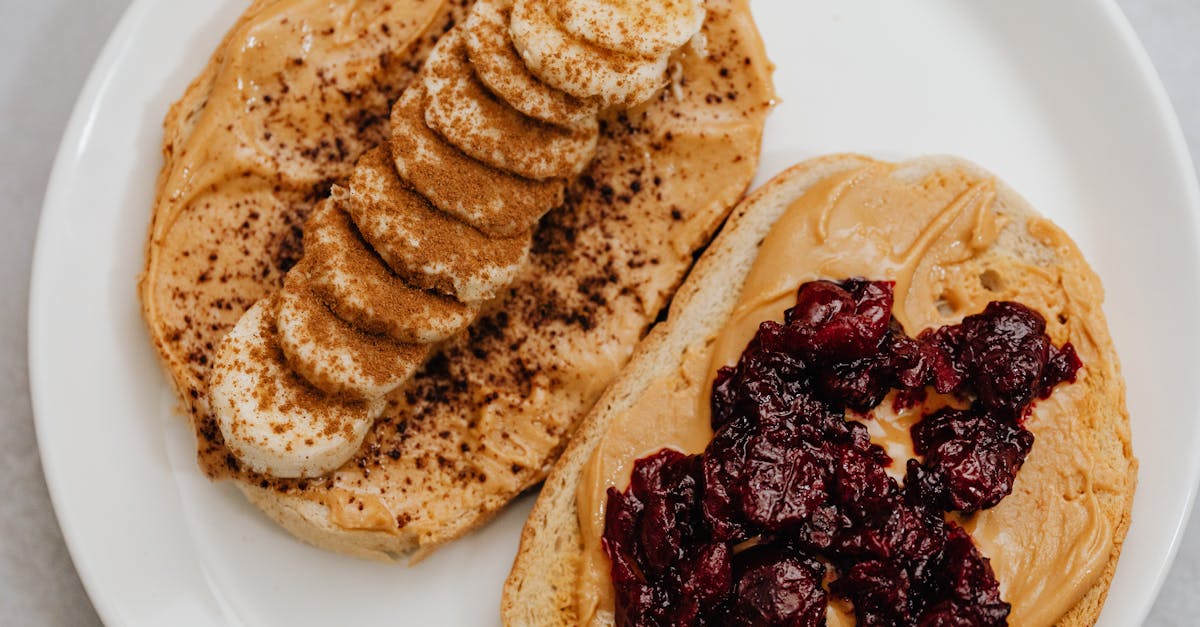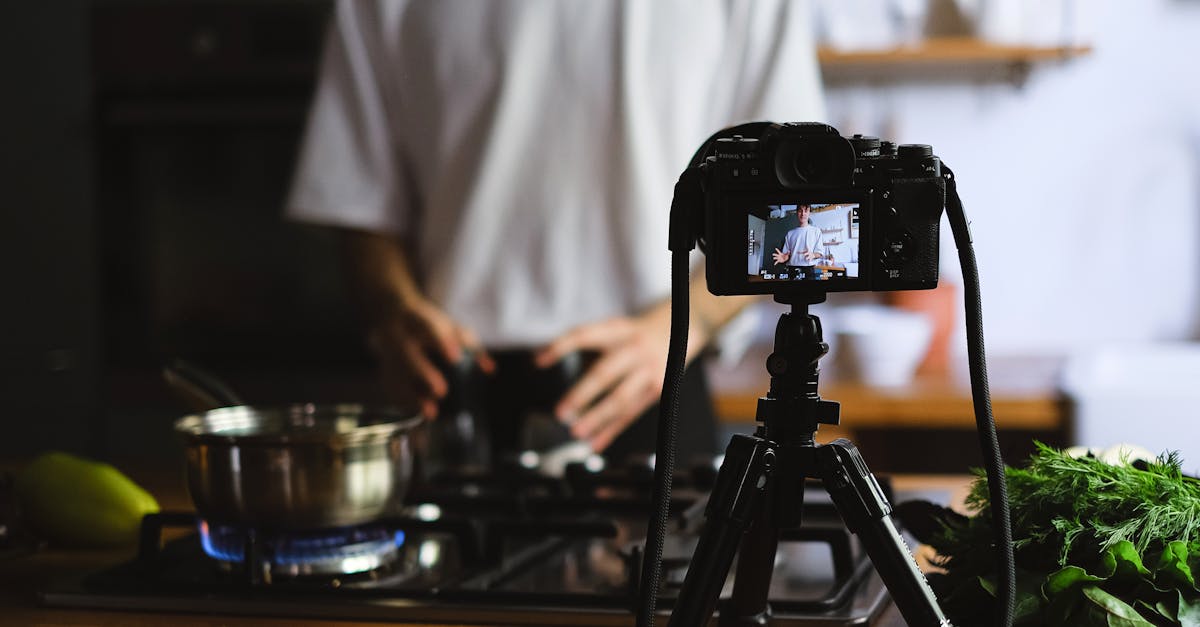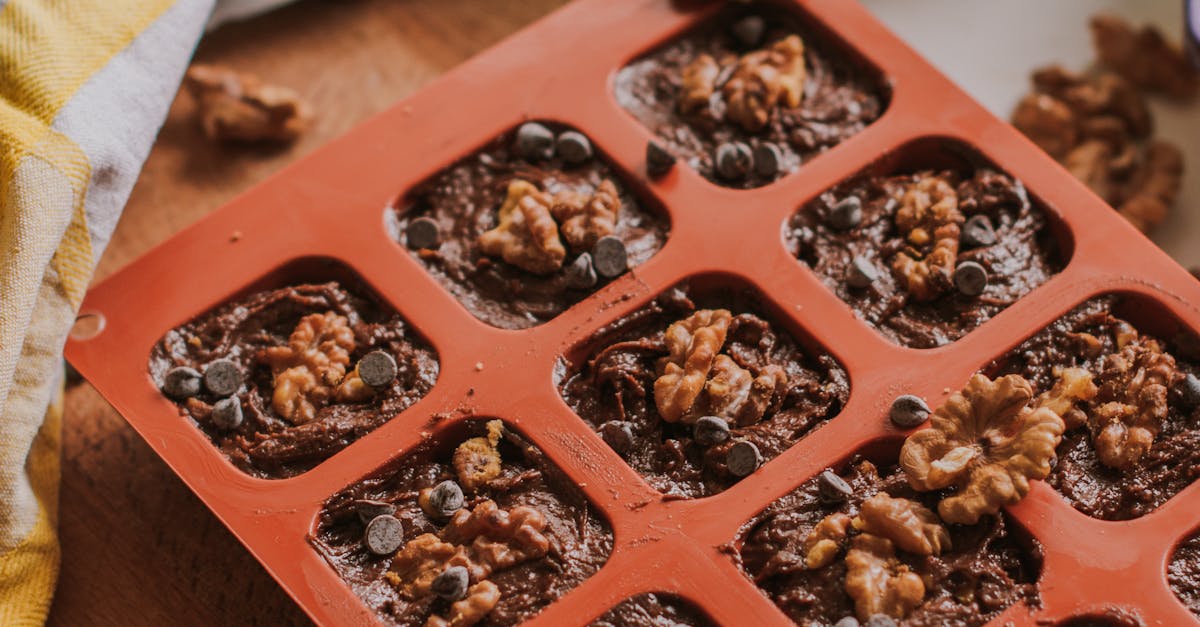Let’s be honest, pound cake has a reputation. It’s often dense, sometimes dry, and frankly, a little boring. But what if I told you there’s a pound cake out there that completely rewrites the rules? Get ready to meet the Whipped Cream Pound Cake – a light, fluffy, incredibly delicious version of this classic that will leave you questioning everything you thought you knew about pound cake. This isn’t your grandma’s recipe (unless your grandma is a culinary genius, in which case, hats off to her!). We’re talking a cloud-like texture, a subtly sweet flavor, and a level of moistness that’ll have you reaching for another slice (and another, and another…). Prepare to be amazed – and maybe slightly obsessed – because this whipped cream pound cake is about to become your new favorite dessert.
Key Insights: Mastering the Whipped Cream Pound Cake
- This whipped cream pound cake recipe creates a lighter, fluffier texture compared to traditional pound cakes.
- Incorporating whipped cream is key to achieving the cake’s unique airy texture and delicate flavor.
- Proper creaming of butter and sugar, along with gentle folding techniques, are crucial for maintaining airiness.
- Careful attention to baking time and proper cooling prevents common issues like cake collapse and dryness.
- Numerous frosting and decorating options allow for customization and creative expression.
1. The Allure of a Whipped Cream Pound Cake: Why This Recipe is a Game Changer
Okay, let’s talk pound cake. Traditionally, it’s known for being…well, dense. Think heavy, maybe a little dry, and definitely not the kind of cake you’d grab for a light afternoon snack. This whipped cream pound cake, however, is a total game-changer. The secret? Whipped cream! Folding whipped cream into the batter adds an incredible lightness and fluffiness that you just won’t find in a traditional recipe. It’s like the difference between a fluffy cloud and a brick – both are pound cake, but one is undeniably more appealing. The texture is unbelievably airy, almost melt-in-your-mouth. It’s moist, but not soggy; rich, but not heavy. It’s the kind of cake that makes you question why you ever settled for anything less.
Beyond the Basics: What Makes This Pound Cake Special?
The magic of this whipped cream pound cake lies in its remarkably light and airy texture. Unlike its denser, more traditional counterpart, this recipe uses whipped cream as a key ingredient, completely transforming the final product. Traditional pound cakes, while delicious in their own right, often have a firm, almost dense crumb. They’re rich and satisfying, but can sometimes feel a bit heavy. This recipe flips the script. The whipped cream, carefully folded into the batter, creates tiny air pockets throughout the cake, resulting in an unbelievably fluffy and delicate texture. It’s the difference between a hearty loaf and a cloud-like confection.
Taste Test Showdown: Comparing Different Pound Cake Recipes
Let’s be honest, there are a million pound cake recipes out there. But most fall into the same category: dense and rich. While delicious in their own way, they often lack the lightness and airiness that makes this whipped cream version so special. Think of it like this: a classic pound cake is a comforting hug on a cold day – warm, rich, and satisfying. Our whipped cream pound cake? That’s a sunny afternoon stroll – light, refreshing, and utterly delightful. The difference isn’t just in the texture; it’s in the overall experience. Other recipes might focus on intense butteriness or a deep, almost caramelized sweetness. This recipe brings a more delicate sweetness, allowing the flavor of the vanilla and the subtle tang of the whipped cream to shine through.
2. Gathering Your Ingredients: A Simple Shopping List
Let’s get baking! The ingredient list for this whipped cream pound cake is surprisingly simple. You’ll need the usual suspects: butter, sugar, eggs, and flour. But the star of the show is, of course, the whipped cream! For best results, opt for heavy whipping cream with a high fat content – it whips up beautifully and adds to the cake’s richness and fluffiness. You can find high-quality ingredients at most well-stocked grocery stores, or even better, explore your local farmers market for fresh, high-fat cream and other locally sourced options. Don’t be afraid to experiment! If you’re dairy-free, you can explore coconut cream or a vegan whipped topping as a substitute, although the results might slightly differ in texture. Similarly, for gluten-free baking, use a reliable gluten-free all-purpose flour blend. Remember to check ingredient labels carefully to ensure they match the recipe’s requirements.
Essential Ingredients & Their Roles
Let’s dive into the core components of this delightful cake and understand their individual contributions. The butter, for instance, isn’t just for flavor; it’s crucial for creating that tender crumb. When creamed with the sugar, it creates air pockets which are essential for the light texture. The sugar, beyond sweetness, also helps in creating structure and contributes to the moistness of the final product. Eggs act as a binding agent, holding everything together while adding richness and color. The all-purpose flour provides the structure, ensuring the cake doesn’t collapse, while still allowing for that amazing lightness. And then there’s our secret weapon: the whipped cream! It’s the key to the unbelievably fluffy texture, contributing a delicate sweetness and a luxurious mouthfeel.
Ingredient Substitutions: Making it Your Own
Want to make this recipe your own? Let’s explore some substitutions! Feeling adventurous and dairy-free? You can try replacing the heavy cream with full-fat coconut cream. Just make sure it’s the thick, canned kind, not the light coconut milk. The flavor will be subtly different, adding a hint of coconut, but the texture should still be wonderfully light and airy. For a vegan butter substitute, many brands offer plant-based options that work well in baking. Remember to check reviews and choose one specifically designed for baking, as some may have different melting points.
3. Step-by-Step Baking Instructions: A Foolproof Guide
Ready to bake? This recipe is surprisingly straightforward, even for beginner bakers. We’ll start by creaming together the softened butter and sugar until light and fluffy. This step is key for incorporating air into the batter, contributing to that signature lightness. Next, we’ll gently fold in the eggs one at a time, ensuring not to overmix. Then comes the star of the show: the whipped cream. Fold this in gently, being careful not to deflate the air bubbles we’ve worked so hard to create. Finally, we’ll gradually add the dry ingredients, again using gentle folding motions. Pour the batter into a prepared pan and bake until a toothpick inserted into the center comes out clean. Remember to let the cake cool completely before frosting—this helps prevent it from collapsing!
Creaming the Butter and Sugar: Achieving the Perfect Texture
The secret to a light and airy pound cake starts with properly creaming the butter and sugar. This might sound simple, but it’s crucial for incorporating air into the batter. Begin with softened, not melted, butter. Room temperature is ideal. Add the sugar gradually, beating with an electric mixer on medium speed. You want a light and fluffy mixture—the butter and sugar should be fully combined and pale in color. This process usually takes around 5-7 minutes, but don’t rush it! The longer you cream, the more air you incorporate, resulting in a lighter final product. You’ll know it’s ready when the mixture is noticeably lighter in color and volume, almost like whipped butter. This is what gives the cake its tender and airy texture.
Incorporating the Eggs and Whipped Cream: Gentle Folding Techniques
Now for the delicate part: incorporating the eggs and whipped cream. Remember all that air we whipped into the butter and sugar? We don’t want to lose it! Add the eggs one at a time, mixing on low speed until just combined. Overmixing can deflate the batter, leading to a denser cake. For the whipped cream, use a spatula or whisk and employ the gentle folding technique. This involves inserting the spatula or whisk underneath the batter, scooping up a portion, and folding it over the top. Repeat this process until the whipped cream is evenly distributed throughout the batter. Avoid vigorous stirring or whisking. The goal is to gently combine the ingredients without knocking out the air bubbles. Think of it as coaxing the ingredients together, not forcing them.
Baking and Cooling: Achieving Perfect Results
Almost there! Pour the batter into your prepared pan and bake according to the recipe’s instructions. A typical baking time is around 50-60 minutes in a preheated oven at 350°F (175°C), but always check for doneness with a toothpick. If it comes out clean, your cake is ready. However, don’t open the oven door too frequently while it’s baking, as this can cause temperature fluctuations and potentially lead to a collapsed cake. Once baked, let the cake cool in the pan for about 10-15 minutes before inverting it onto a wire rack to cool completely. This cooling process is crucial. Resist the urge to frost a warm cake, as the heat can cause the frosting to melt and the cake to become soggy. Allowing the cake to cool completely ensures a stable structure, preventing any unwanted collapses and providing the perfect base for your delicious frosting.
4. Icing on the Cake (Literally!): Frosting & Decoration Ideas
Now for the fun part: frosting and decorating! This whipped cream pound cake is a blank canvas for your creativity. A classic buttercream frosting, in vanilla or a subtly contrasting flavor like strawberry or lemon, pairs beautifully with the cake’s delicate sweetness. For a simpler approach, a light dusting of powdered sugar can create an elegant, understated look. Feeling adventurous? Try a cream cheese frosting for a tangy twist, or a whipped ganache for a richer, chocolatey experience. Once you’ve chosen your frosting, let your imagination run wild with decorations! Fresh berries, chocolate shavings, edible flowers, or even a sprinkle of colorful sanding sugar can transform your cake into a true masterpiece.
Classic Frosting Options: Simple and Elegant
Sometimes, simple is best. This delicate pound cake doesn’t need an overly fussy frosting to shine. A classic vanilla buttercream is a perfect match—its creamy sweetness complements the cake without overpowering it. It’s easy to whip up and provides a smooth, elegant finish. For a subtle twist, add a teaspoon of vanilla extract or a pinch of almond extract to the buttercream for a touch of extra flavor. Alternatively, a simple powdered sugar glaze offers a light and airy option. Just whisk together powdered sugar with a little milk or lemon juice until you reach your desired consistency. This creates a delicate dusting that showcases the cake’s beautiful texture without masking its flavor. Both options are quick, easy, and deliver a stunningly elegant presentation.
Creative Decoration Ideas: Taking it to the Next Level
Ready to elevate your cake game? Let’s explore some fun and creative decorating ideas! Fresh berries arranged in a beautiful pattern across the top are always a classic and visually appealing option. Consider using a mix of colors and textures—strawberries, blueberries, and raspberries create a vibrant and delicious effect. For a more elegant touch, edible flowers add a touch of whimsy and sophistication. Pansies, violets, and roses are all beautiful choices, and you can find them at many specialty grocery stores or online. If you’re feeling adventurous, try creating a delicate drip effect using melted chocolate or a fruit coulis. This adds a touch of visual drama and a delightful flavor element.
5. Storage and Serving: Keeping Your Cake Fresh and Delicious
So you’ve baked the perfect cake – now let’s make sure it stays that way! Proper storage is key to maintaining its deliciousness. For optimal freshness, store the cake in an airtight container at room temperature for up to 3 days. If you prefer, you can refrigerate it, but it might slightly dry out. If you’ve used a frosting that’s prone to melting, refrigeration is definitely the better option. When serving, let the cake come to room temperature for about 30 minutes before slicing. This allows the flavors to fully develop and the texture to become even more delightful. It’s the perfect finishing touch before presenting this beautiful creation to your guests.
Room Temperature vs. Refrigeration: Finding the Perfect Balance
The age-old question: room temperature or refrigeration? For this whipped cream pound cake, room temperature storage is generally preferred for maintaining optimal texture and flavor for up to 3 days. Storing it at room temperature allows the delicate flavors to fully develop and prevents the cake from drying out too much. An airtight container is essential to prevent it from absorbing any unwanted odors or drying out from exposure to air. However, if your frosting is particularly susceptible to melting or contains ingredients like cream cheese that are more prone to spoilage, refrigeration is the safer choice. Keep in mind that refrigeration might slightly alter the texture, potentially making it a bit firmer. If refrigerated, let it come to room temperature for the best taste and texture before serving.
Serving Suggestions: Making it a Memorable Treat
This isn’t just a cake; it’s an experience! To make it truly memorable, consider the perfect pairings. A light and refreshing beverage complements the cake’s delicate sweetness. A cup of strong coffee or a glass of chilled iced tea are classic choices. For a more sophisticated pairing, try a sparkling wine or a light-bodied rosé. The subtle sweetness of the cake pairs beautifully with the bubbly notes. If you’re serving it as part of a larger dessert spread, consider other lighter treats to avoid an overwhelming sweetness overload. Fresh berries, a fruit salad, or a scoop of vanilla bean ice cream would all make wonderful accompaniments. The key is to create a balance of flavors and textures for a truly delightful dessert experience.
6. Troubleshooting Common Baking Problems: Fixing Mistakes
Even the most experienced bakers encounter occasional hiccups. Let’s address some common issues with this whipped cream pound cake. A dense cake is often a result of overmixing the batter. Remember, gentle folding is key to maintaining the airiness. Overbaking can also lead to dryness, so always check for doneness with a toothpick. If your cake is too dry, consider adding a simple syrup (sugar and water) to moisten it. A collapsed cake is usually caused by opening the oven door too frequently during baking, or by not letting it cool completely before removing it from the pan. Ensure your oven is preheated to the correct temperature, and resist the temptation to peek too often!
Cake Too Dense? Common Causes and Solutions
A dense pound cake is a common baking woe, but often easily avoided! The most frequent culprit is overmixing. Remember, when incorporating the eggs and especially the whipped cream, gentle folding is crucial. Overmixing develops the gluten in the flour, resulting in a tougher, denser crumb. Make sure your butter and sugar are properly creamed before adding the wet ingredients – this step incorporates air into the batter, which is key to achieving a light texture. Using cold ingredients can also contribute to a denser cake, as cold butter and eggs don’t mix as easily, resulting in less air incorporation. Ensure all your ingredients are at room temperature for optimal results. Finally, be sure you haven’t overbaked. Overbaking dries out the cake, making it seem denser.
Cake Collapsed? How to Avoid This Common Issue
A collapsed cake is heartbreaking, but usually preventable! One common cause is opening the oven door too frequently during baking. This sudden temperature drop can cause the cake to sink in the middle. Resist the urge to peek too often; let the cake bake undisturbed. Another reason is insufficient baking time. Underbaked cakes lack the structural integrity to support their own weight, leading to a collapse as they cool. Always check for doneness using the toothpick test—insert it into the center, and if it comes out clean, it’s ready. Finally, improper cooling is a major culprit. Removing a warm cake from the pan too quickly can cause it to collapse. Let it cool in the pan for at least 10-15 minutes before inverting it onto a wire rack to cool completely.
7. Frequently Asked Questions: Answering Your Queries
Let’s tackle some frequently asked questions! Many wonder about substituting the heavy cream. While other creams might work, heavy cream is ideal for achieving that light and airy texture. Using something with a lower fat content might result in a denser cake. Another common question revolves around shelf life. Stored properly in an airtight container at room temperature, this cake will typically stay fresh for 3 days. Refrigeration extends its lifespan, but might slightly alter the texture. Finally, many are curious about pan size. The recipe is designed for a standard 9×13 inch pan, but adjustments can be made, but you might need to alter the baking time accordingly. Always check for doneness with a toothpick regardless of the pan size.
Can I Use a Different Type of Cream?
While the recipe calls for heavy cream, you might be wondering about substitutions. The short answer is: it’s possible, but with caveats. Heavy cream is ideal because its high fat content creates a beautifully light and airy texture. Using a lighter cream, such as half-and-half or even whipping cream with a lower fat percentage, will likely result in a denser cake. The whipped cream contributes significantly to the overall texture and lightness of the final product. Crème fraîche, while delicious, has a thicker consistency and a tangier flavor. Using it would change the overall flavor profile and possibly result in a denser, slightly more tangy cake. While experimenting is encouraged, using heavy cream is highly recommended for achieving the intended texture and taste.
How Long Does the Cake Last?
How long will your masterpiece last? Stored correctly, this whipped cream pound cake will stay fresh and delicious for a good amount of time. At room temperature, in an airtight container, it’ll generally remain at its best for about 3 days. After that, the texture might start to change slightly, and the cake might become a bit drier. If you want to extend its life, refrigeration is an option. However, keep in mind that refrigeration might make the cake slightly firmer, altering the texture somewhat. Regardless of whether you choose room temperature or refrigeration, an airtight container is crucial to maintain freshness and prevent the cake from absorbing odors from the refrigerator. Always check the cake before serving to ensure it’s still fresh and enjoyable.



